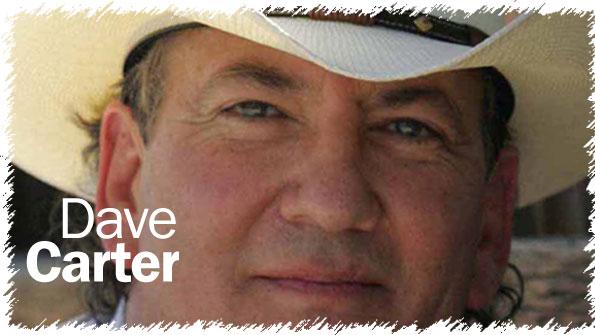The soon-to-be official mammal of the United States, bison, represents perhaps the best example of market-driven conservation.

Two weeks ago, I had the opportunity to join two U.S. senators, four members of Congress and a colleague from the Wildlife Conservation Society at the United States Capitol to celebrate the passage of the National Bison Legacy Act, a bill which will—when signed by President Obama—established the bison as the official national mammal of the United States.
The seeds for this legislation were first planted four years ago by leaders from the WCS, Inter Tribal Buffalo Council and the National Bison Association, who had been working together during the past decade to expand the restoration of bison on landscapes across North America.
Legislation has been introduced each year since then, but last December the Senate took formal action to pass the bill. The House followed suit in late April.
So what does it mean to have bison as our National Mammal?
Well, nothing, really. And everything.
Nothing from the standpoint that designation does not give bison any special significance in public lands or rural development policies. The legislation stipulates that it does not alter any existing federal or state regulations. There isn’t a single dollar of federal money attached to the bill.
But everything, because the legislation places bison on a stage where all of us involved with this animal can connect with the public about the incredible story of restoration that began when the roughly 700 remaining bison teetered on the brink of extinction 130 years ago.
Much of the public attention focuses on the rebound of bison in public lands like Yellowstone National Park and Custer State Park in South Dakota. Native American tribes are successfully bringing bison back to their lands as well.
Too often overlooked, though, is the fact that farmers and ranchers are playing a significant role in bringing bison back to privately owned rangelands and pastures. Also overlooked is a vital fourth partner in the coalition of ranchers, conservationists and tribal leaders: the American shopper.
In fact, bison represents perhaps the best example of market-driven conservation. Three decades ago, a growing number of ranchers ventured into bison production as they discovered that these naturally hardy animals were good for the land and produced a great tasting meat. Breeding stock prices skyrocketed as ranchers competed to buy live animals to build their herds. By 2000, sizeable bison herds grazed across ranchlands from northern Canada to southern New Mexico.
Only one important element was missing: customer demand.
The bison business entered a tailspin as unsold meat piled up in the freezers of processing plants. Herd liquidations swept across the prairies like wildfire. Only when leaders of the bison business began to reach out to chefs, food writers and other culinary gatekeepers did the freefall abate. As the public began to embrace bison meat, prices ranchers received for their animals rebounded.
Today, the demand for bison meat has outstripped the available supply.
My time, once spent touting the qualities of the meat to the culinary community, is now primarily dedicated to bringing in new ranchers to help build the herds.
So, as bison prepares to step onstage as our nation’s national mammal, everyone involved in the restoration deserves a strong pat on the back. That includes every shopper who picks up those packages of bison steaks in the store, or orders a buffalo burger in their local brewpub.
About the Author(s)
You May Also Like




